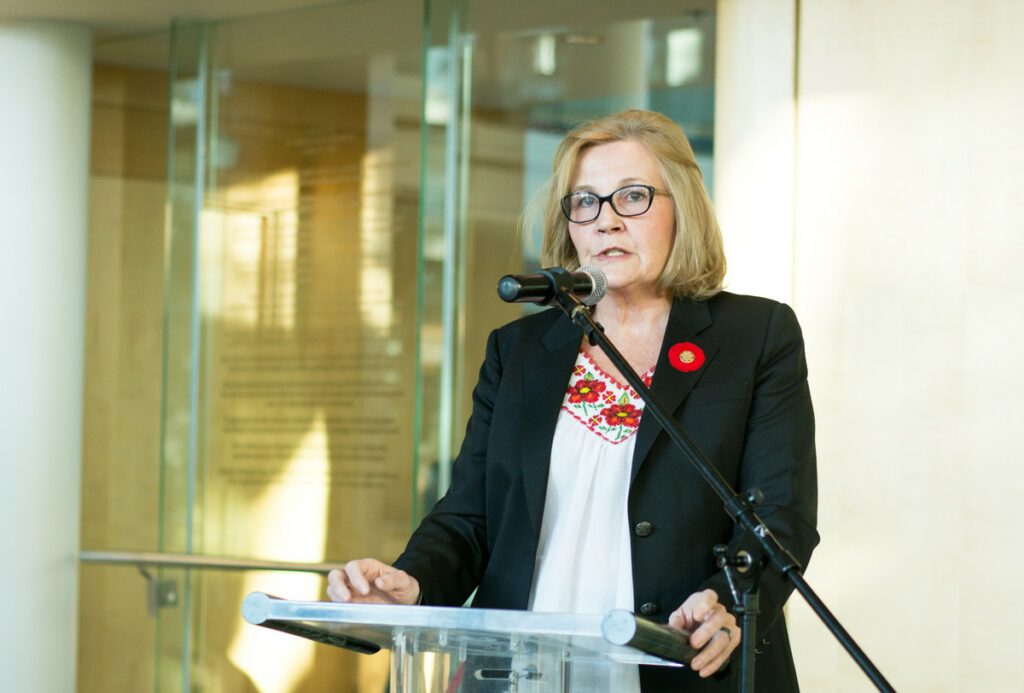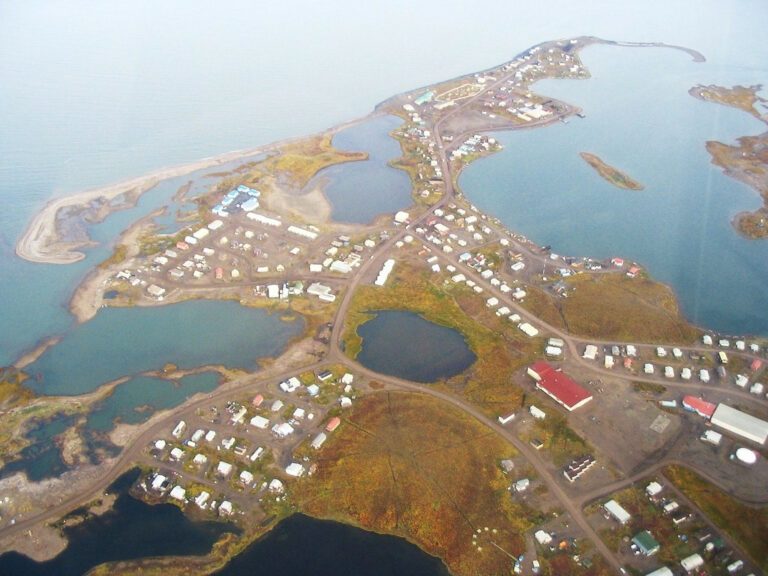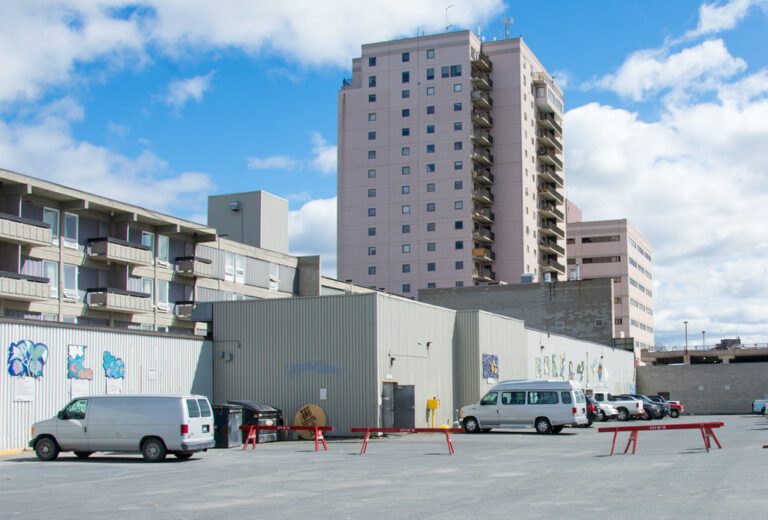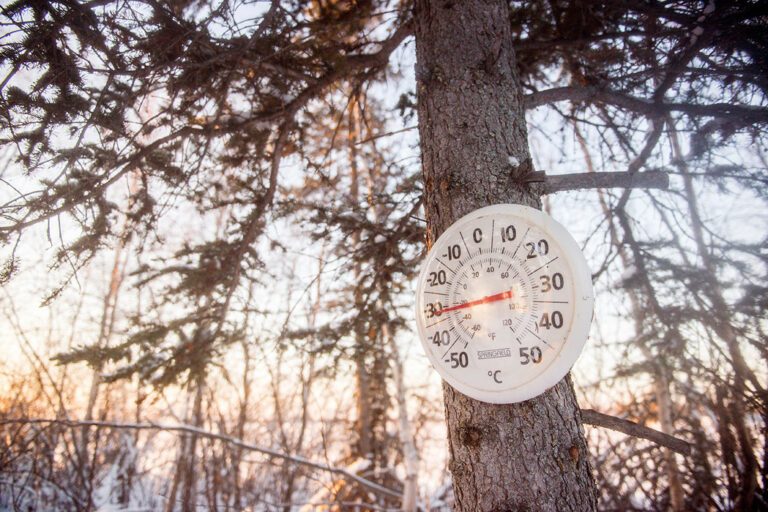Pinned to the lapel of Dr. Marie Wilson’s jacket as she spoke to a large audience in the great hall of the Legislative Assembly was a poppy. But instead of the plain black circle usually at the flower’s centre, hers had a gold pin, etched with a circle of flames – the symbol of the Truth and Reconciliation Commission, for which she was one of the commissioners.
“As you all know we’re in a season of remembrance, and like many people I’ll spend tomorrow and all the days of this week… in loving remembrance of my father, my grandfather, many uncles and many family friends who spent key years of their own youth in the midst of great and terrible wars,” said Wilson, explaining the twin meaning of her poppy. “But I want to symbolize that there are other conflicts that belong to this country. Ones that still wait to be remembered.”
Wilson’s speech, the climax of an event organized by Dene Nahjo and the NWT Institute of Public Administration of Canada, dealt with many things: the strength of residential school survivors and their essential role in forcing the government’s apology and financial restitution, how public policy can and should be informed by a willingness to listen to Indigenous voices. But coming the day before Remembrance Day, perhaps most striking were her reflections on our history and the collective duty we have to remember.
“Before anyone says too quickly that there’s no comparison between [residential schools] and war… let us also remember together in this moment the conservatively estimated 4000 little children who died in those residential schools or shortly after leaving them. In some cases parents also died before ever finding out what happened to their child, the cause of death or even where they were buried, and some families still live with that unknown.”
Her comments pointed to an essential truth. While we’re right to spend November 11th honouring the sacrifice of Canadians overseas to secure our country and our democracy, we cannot forget other truths about our history. Namely, that Canada was built on the dispossession of land and state-sponsored violence performed upon Indigenous people.
“The harsh truth is this: we used policy as a weapon, we did not hide it, we said so in our official records and correspondence… What was the strategic policy goal? To eradicate the Indian problem… The operational goal? Kill the Indian in the child.”
“The subduing of parents was the cheaper alternative of the Indian Wars, which had happened in the United Sates, very expensive, messy, a lot of bad press. Canada decided to avoid that. But yes, it did want to have a national railway, it wanted to expand the dominion of Canada, and the obstacles… The obstacles were human, they were called the Indigenous peoples of Canada, because they already inhabited the lands we needed.”
Her call to acknowledge and remember this history did not seem to be an attempt to inculcate collective guilt among non-Indigenous people. She spoke eloquently of the shift we’ve seen over the past decades, particularly in the courts, towards some recognition of Indigenous rights and the steps taken by some governments, especially in the NWT, to bring Indigenous people to table when making decisions that affect them. But ultimately, her point was that “the historic opportunity to reclaim the Canada of our stated values,” rests on the ongoing recognition of past and present wrongs, while working with Indigenous people to educate, memorialize and create public policy that deals with our colonial legacy. Much of this work involves practical action to tackle the inequality between Indigenous and non-Indigenous Canadians. But some of the work, needs to happen on a symbolic level.
“Are we reflecting the three founding peoples of Canada when we design our national symbols, name our major roadways and buildings? When we sing our national anthem? When we greet each other on traditional Indigenous homelands and when we commemorate our moments of remembrance and loses?” she asked. “As we have acknowledged the unknown soldier, so too we might acknowledge the unknown child.”
“When I speak about a season of remembrance, I also mean it in this sense: re-membering, putting our member parts back together again… Putting parts of our country back together again. You might say healing Canada from its own brokenness.”







